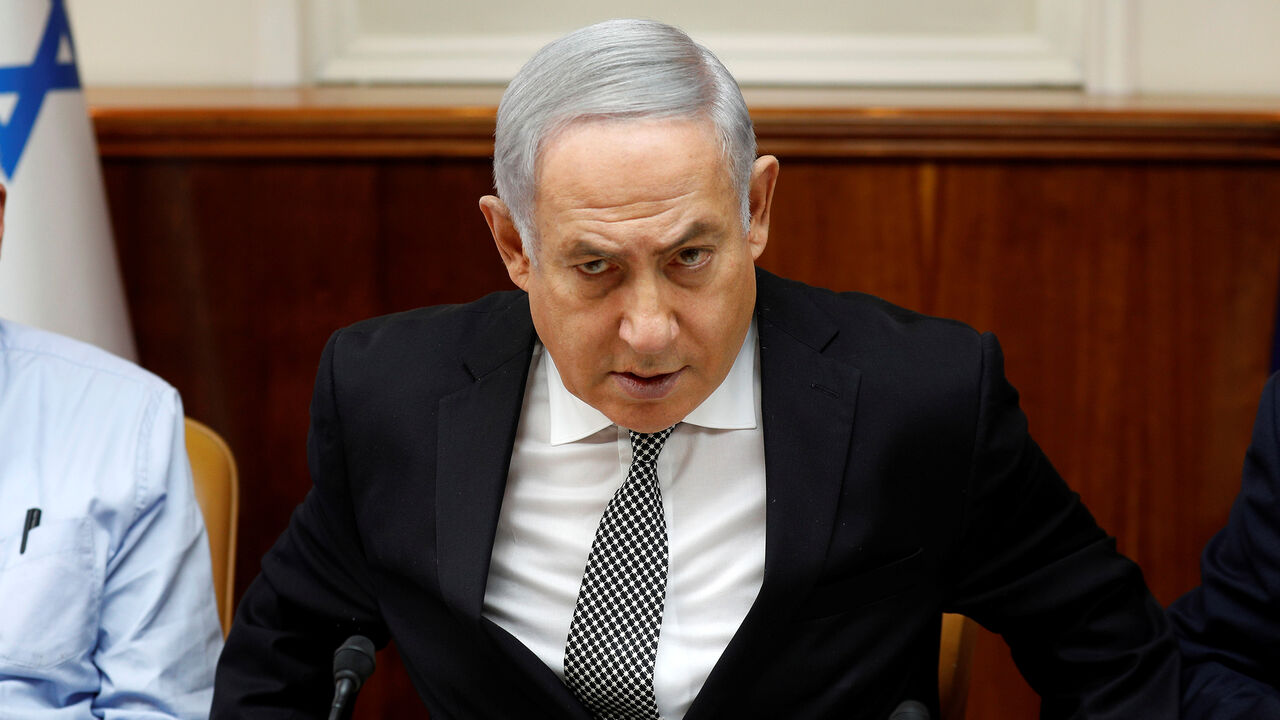
NGOCSTIP – Netanyahu made headlines once again, but this time not because of a speech or policy. As he departed from Tel Aviv to attend the United Nations General Assembly in New York, his plane took an unusually long route that avoided key parts of Europe. This unexpected maneuver led to immediate speculation worldwide. The journey, which normally would have flown over several major European nations, instead hugged the Mediterranean Sea and bypassed central European airspace entirely. The decision raised eyebrows across diplomatic circles, aviation communities and international legal experts. Questions poured in from journalists, analysts and the public, all wondering what drove this drastic change in flight strategy. Was it simply logistical, or a signal of deeper concerns surrounding his global legal standing?
Netanyahu’s direct route to the US normally involves flying over countries such as France and Spain. However, this time his plane chose a longer path over the Mediterranean, eventually passing near the Strait of Gibraltar. According to flight trackers, the plane briefly entered the airspace of Greece and Italy but made a clear effort to avoid French and Spanish skies. These choices seemed deliberate rather than coincidental. Some reports suggest that Netanyahu avoided countries that might enforce a potential International Criminal Court warrant against him. While the French government claimed it had accepted an Israeli request for overflight, the route was changed at the last moment. Netanyahu’s team did not offer a full explanation for this change. As a result, more questions than answers remain.
“Read about: Gaza Flotilla Under Attack? Drones Strike Aid Boats in Explosive Mid-Sea Drama”
Netanyahu’s controversial travel route brings to light the increasing legal pressure he faces on the global stage. The International Criminal Court reportedly issued a warrant against him for alleged war crimes and crimes against humanity. Though neither Israel nor the United States are ICC members, many European nations are. In theory, this means that if Netanyahu were to fly over or land in one of these ICC member countries, the risk of enforcement exists. Although such an arrest would trigger global diplomatic fallout, the legal foundation for action does exist. This scenario may have contributed to the Prime Minister’s avoidance of certain airspaces. The ICC has been steadily expanding its investigations, and world leaders have begun to react with increased caution in international travel.
Many viewed Netanyahu’s flight path as symbolic. It provided a visible representation of growing isolation, particularly from key European allies. Political commentators on both sides debated the implications. Supporters defended the route as a precaution in a politically volatile environment. Critics saw it as a sign of diplomatic weakness and legal vulnerability. Social media exploded with flight tracking screenshots and theories about what this route might signify. Some even speculated that this change reflected a broader shift in Israeli foreign relations. Regardless of the reasoning behind the route, Netanyahu once again became the subject of widespread discussion. His team’s silence only fueled public speculation further. In times of geopolitical tension, even the path of a plane can carry a powerful message.
This flight route could shape future decisions not only for Netanyahu but for other world leaders under legal scrutiny. If the ICC’s warrants continue to influence travel patterns, global diplomacy may face a new era of complication. Netanyahu’s situation highlights the intersection between international law and modern politics. The fact that his entourage had to be reduced due to fuel requirements added another layer to the story. The decision also raised questions about how nations balance practical logistics with legal exposure. Whether or not enforcement was ever a real threat, the optics of the flight have already left a lasting impact. Other leaders around the world may now consider similar detours as international legal norms evolve.
This article is sourced from www.cnn.com and for more details you can read at ngocstip.org
Writer: Sarah Azhari
Editor: Anisa